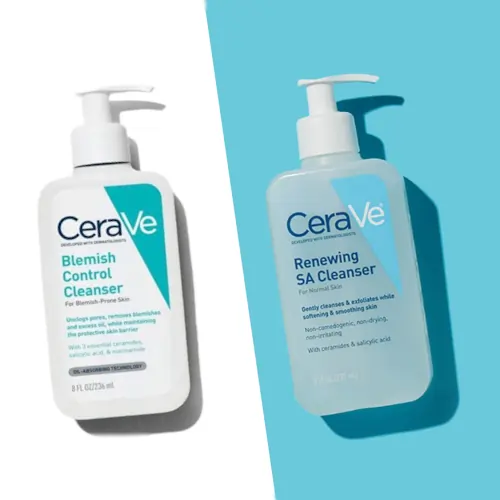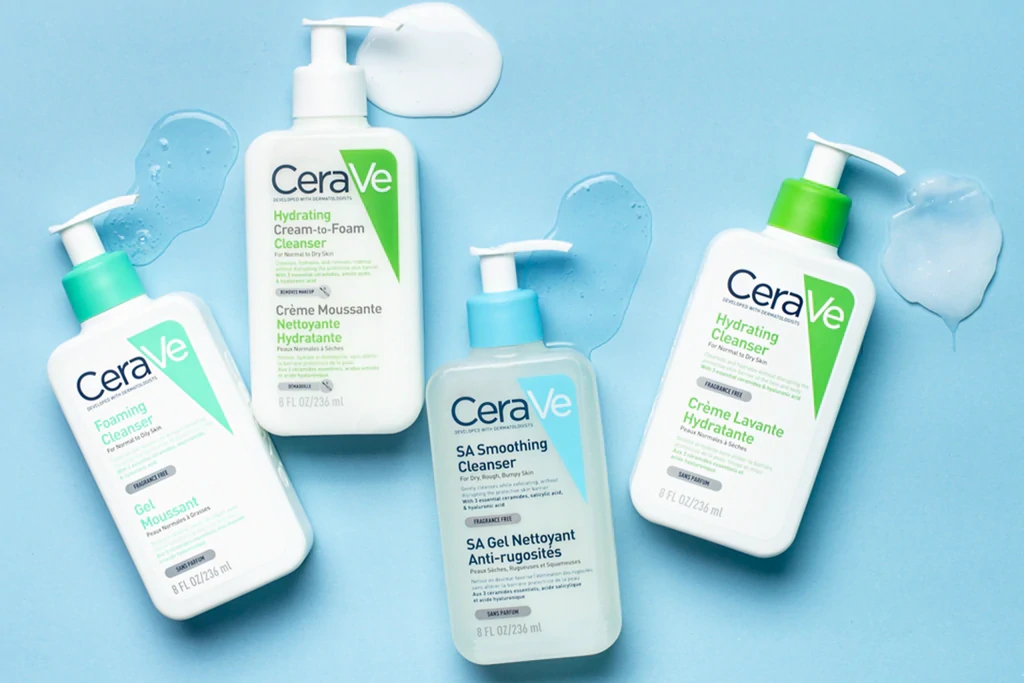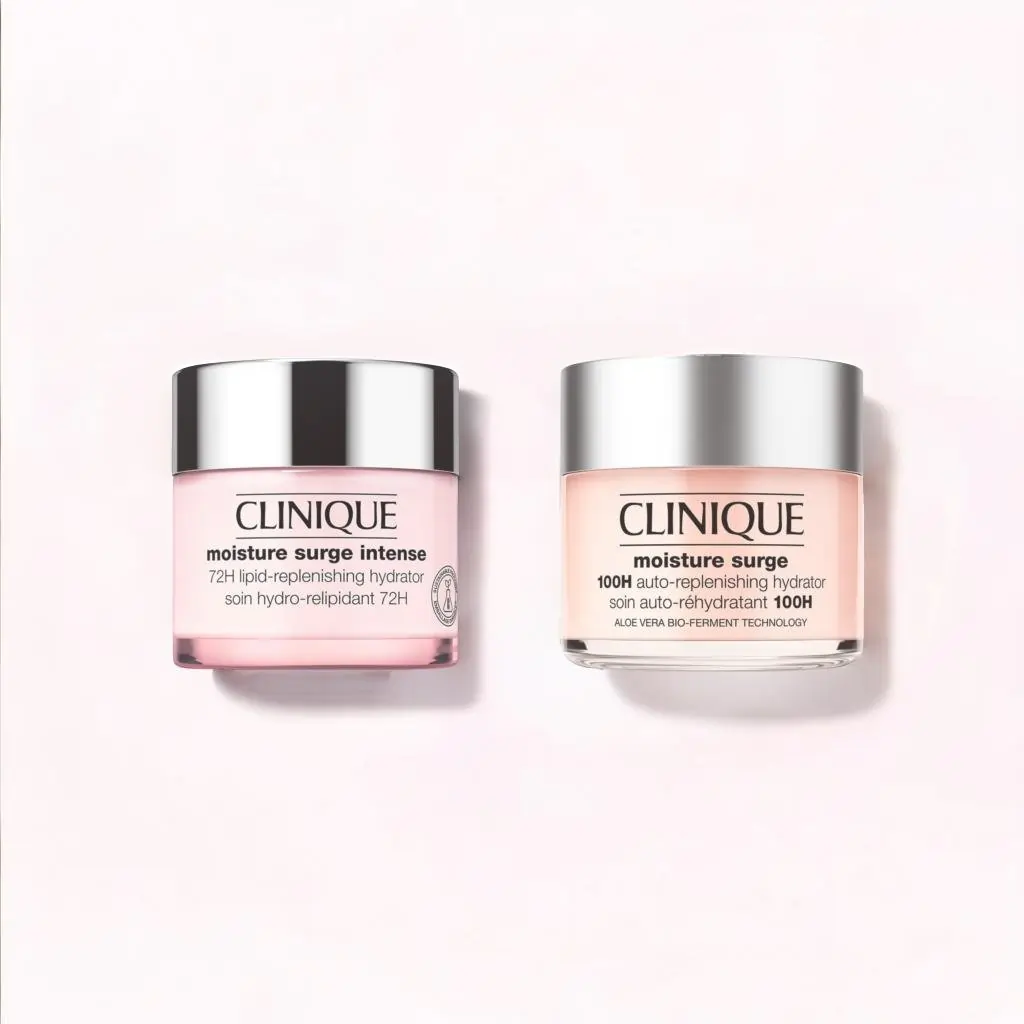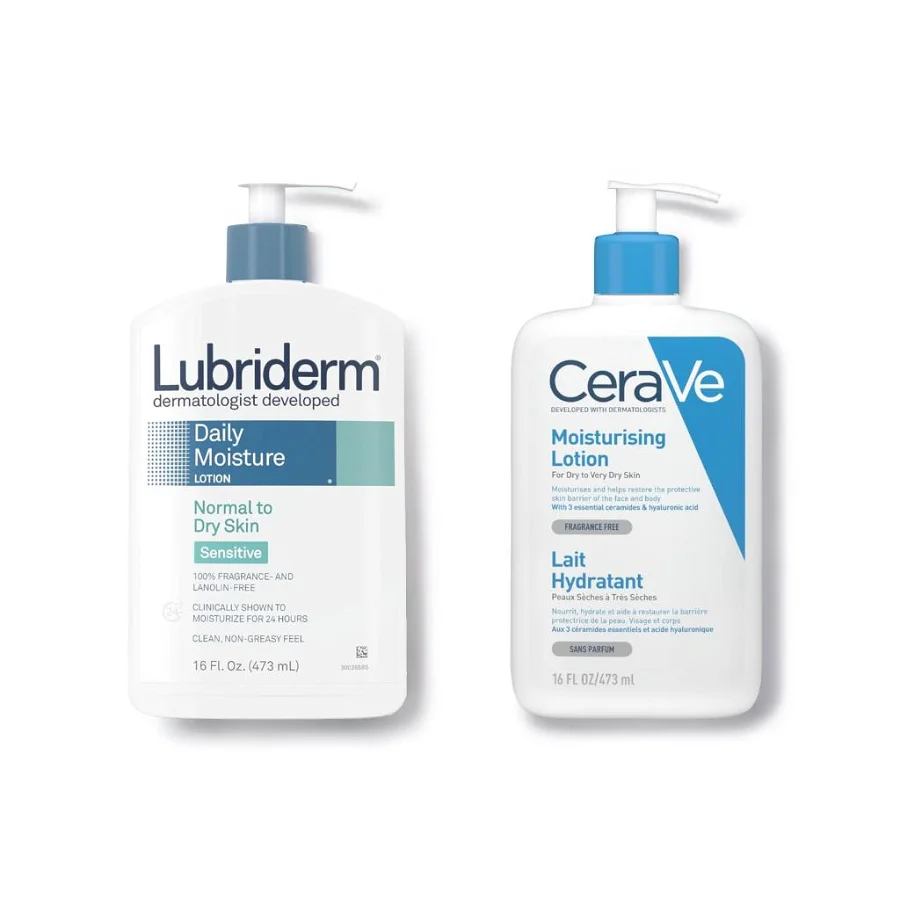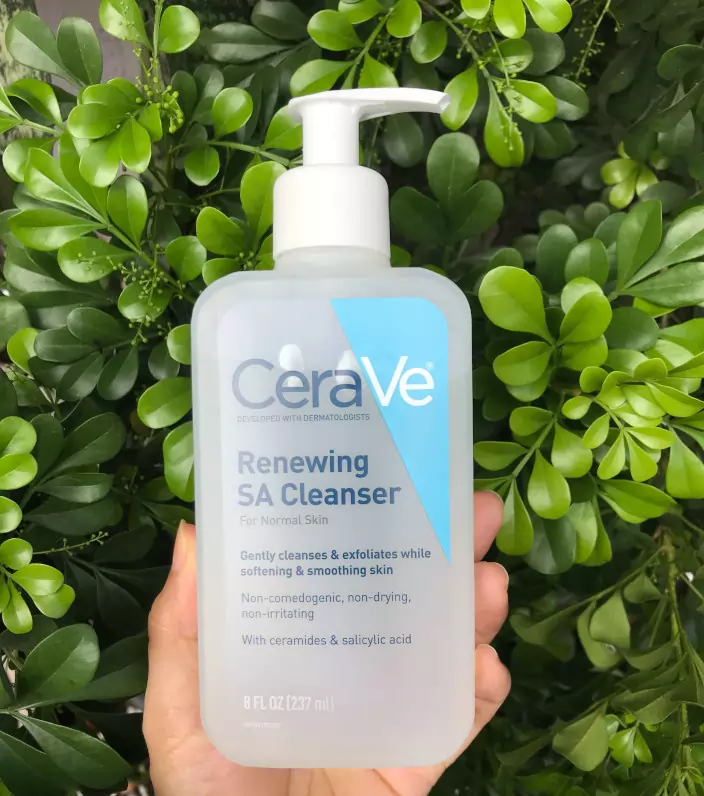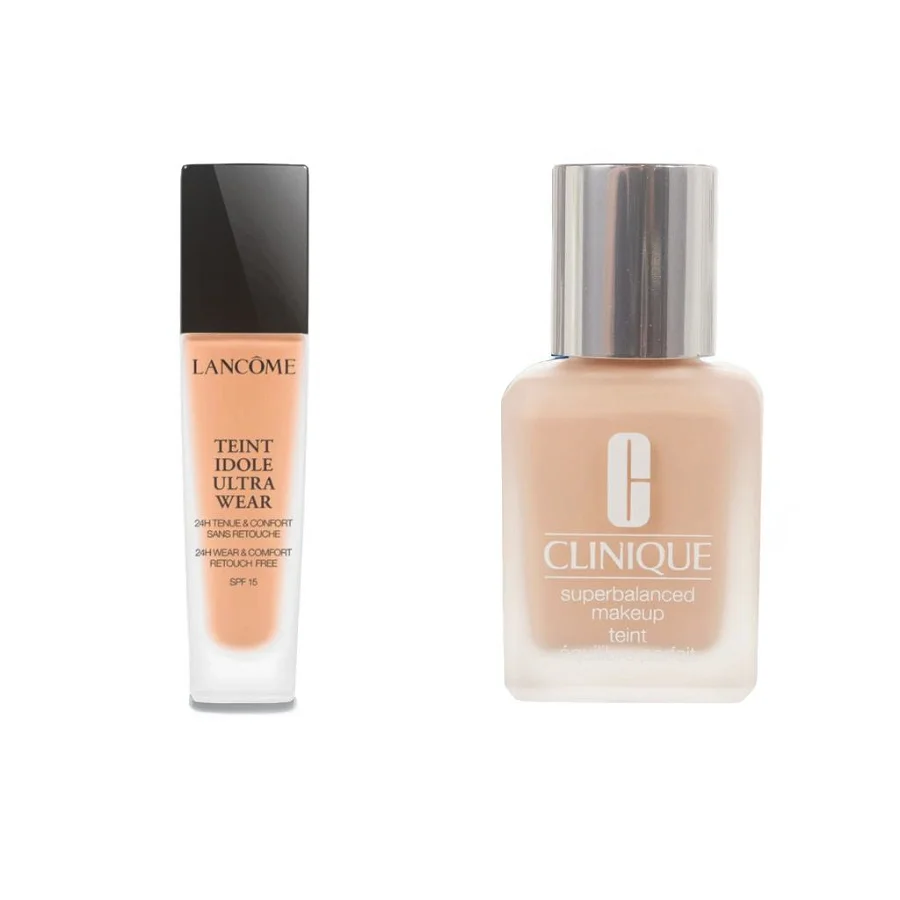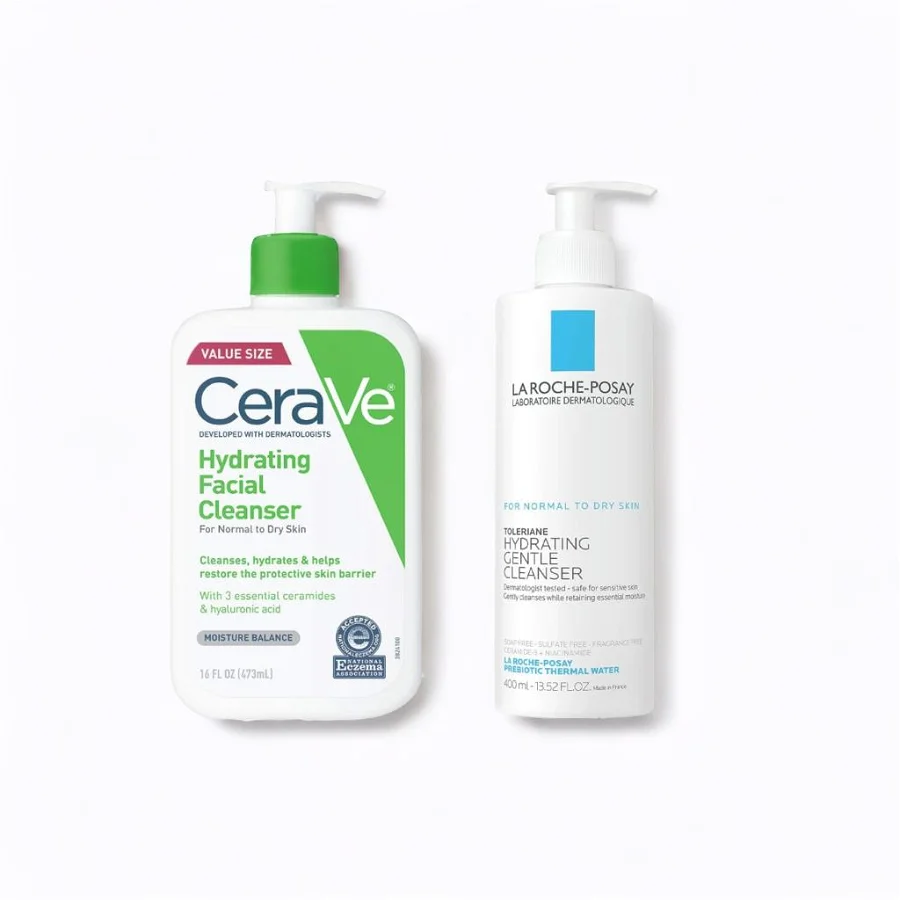
We're positive you've seen Clinique and CeraVe on the shelves at your local beauty store before. But which is best? And which brand should you choose?
Come with us as we compare their best-sellers side-by-side to help you decide which is best for you and your skincare routine.
Clinique vs CeraVe
The cold, dry months of winter are upon us, which means dry skin is practically inevitable. While there are myriad creams to choose from, we have a soft spot for brands that have been in the skincare game for a considerable amount of time. We’re talking the tried-and-true formulas that beauty gurus and fans alike are still talking about today, regardless of other trending brands.
Two such brands, Clinique and CeraVe, are favorites to countless for many a reason. While they may differ greatly pricewise, they’ve been proven effective by thousands—dare we say millions—of users, combined.
So, today we’ll be comparing Clinique’s Moisture Surge 100H to CeraVe’s Moisturizing Cream.
Clinique’s Moisture Surge 100H is an oil-free gel-cream that hydrates skin for up to 100 hours resulting in a plumper, dewier appearance. Its key ingredients—aloe bioferment, Vitamin C, Vitamin E, and hyaluronic acid—aid in moisture attraction, absorption, and retention. Given its emphasis on hydration, this formula is ideal for those with very dry, dry combination, combination oily, and oily skin. With 2,345 reviews and a 4.6-star rating, this moisturizer appears to be worth all the hype.
Made with hyaluronic acid, glycerin, and ceramides, CeraVe’s Moisturizing Cream aims to restore skin’s natural moisture barrier. It’s also designed to slowly release its ceramides over time, ensuring efficient nourishment long after application. Further, this pharmacy favorite cream is suitable for those with dry and very dry skin, whether it be their face or body. 14,010 reviews later, it’s earned a 4.7-star rating.
Cost-wise, a 30ml jar of Clinique’s moisturizer will run you $28. Additionally, the largest size they sell is 125ml, and it’s $82. On the other hand, CeraVe’s cream is only $16.29 for a 12oz (approximately 355ml) jar.
We love to see the cheaper, underdog product receive a higher rating. But, before we encourage you to commit to CeraVe, we’d be remiss to not discuss both brands’ business ethics.
Clinique isn’t cruelty-free or 100% vegan (but they may offer some vegan formulas). However, their sustainability and humanitarian initiatives are extensive. They’re currently working towards having 100% of their secondary packaging be Forest Stewardship Council certified; having 75% of their packaging be recyclable, refillable, reusable, recycled, or recoverable; and they’re increasing the amount of post-consumer recycled material in their packaging to 25% or more—all by 2025.
Moreover, they also fund a wind farm in Bulgaria, a clean water filter project in Cambodia, and a tree-planting initiative in Uruguay. Regarding philanthropic efforts, The Clinique Difference was created to offer support to women and girls seeking education in countries where it’s not advocated for, as well as organizations that aid in medical research, childcare, and offering corrective solutions to children with facial abnormalities.
According to AllPlants.com, CeraVe isn’t cruelty-free, as their products are sold in mainland China, where animal testing is required by law. They’re also not 100% vegan, but the same website reports that CeraVe may offer products in the United Kingdom that don’t contain animal products.
Another website, TreeHugger.com (yes, this is a real website) reveals that CeraVe also isn’t very eco-friendly. Evidently, their parent company (L’Oréal) isn’t transparent about their supply chain processes and they use plastic packaging as well as some “environmentally controversial” ingredients. Yikes.
It’s a shame that both brands allow animal testing of their products. But it’s perhaps even more disappointing that CeraVe doesn’t appear to be concerned about ethics whatsoever. So, despite having a rating that’s .1 lower, we’ll put our money on Clinique.




